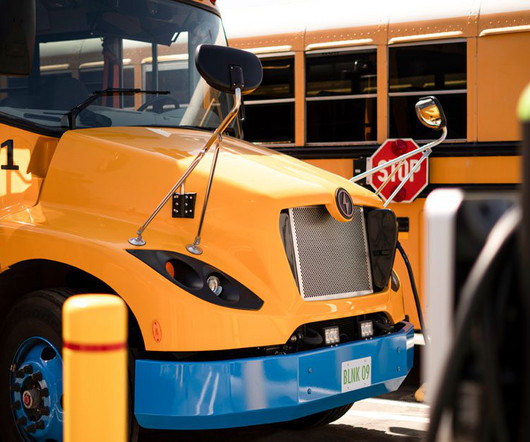Houston-Galveston area to deploy 30 battery-electric delivery trucks
Green Car Congress
AUGUST 31, 2013
As part of a US Department of Energy sponsored effort, local fleets will replace existing diesel delivery vehicles with all-electric medium- and heavy-duty Smith Newton trucks for daily operations in the Houston-Galveston area. The project will have additional impact with an expected reduction in GHG emissions by 37.5












Let's personalize your content